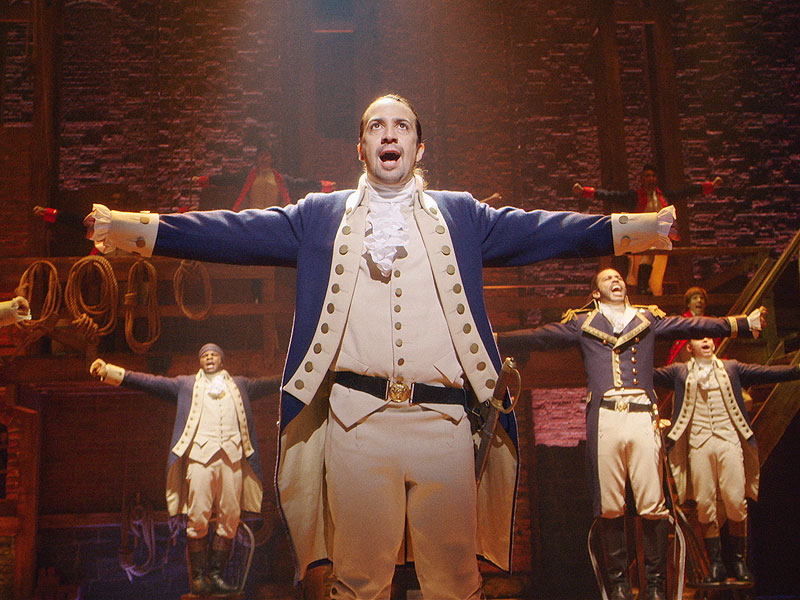
It’s hard to believe that the director of the hit play Hamilton didn’t know what he was doing when he cast people of color for the leads. Theatre has always had caucasian undertones. Unless it’s The Color Purple, theater seems to appeal to the white demographic. Perhaps this is because of the continuous appearance of predominately white casts or the seemingly unattainable price of theater tickets. Musical theater is like another world that the rest of us were shut out of, with high gates built on the inability to relate to the beloved pastime.
When Lin-Manuel Miranda presented this absurd idea of a musical about founding father Alexander Hamilton, we laughed. When he added that the musical would be immersed in rap, we laughed harder. And then he performed his opening song at the White House, and we shut up because we began to realize that this guy may be on to something. To see the story of America, outside of the history books and lectures, performed with strong ties with the very people that built this country is astounding. When you’re watching a play with a Latino Alexander Hamilton and an African American Thomas Jefferson, it’s a bit hard to look away. This, combined with the hypnotizing lyrics, will make you forget that you are watching a historical story, one that you probably already know. Yet, when there is nothing except for you and the stage, you forget history and it’s as if time is unfolding in front of you.
The songs are catchy and the characters are likable. You find yourself sympathizing with a murderer and relating with a wife who merely wants her husband to return home. And when the lights come up and you get to see your emotions displayed on the hundreds of people that just shared this journey with you, you find yourself questioning why you’re crying over the death of a founding father.
Interestingly, the premise of the musical isn’t the only thing that’s breaking boundaries. Hamilton offers various means by which someone who doesn’t have the adequate fundings can still see the show. Through inviting New York students enrolled in history classes to providing ticket lotteries where you can buy a ticket for $10, Hamilton is sculpting the first step to breaking the stigma that theater is for the rich. Of course, it takes a lot more than $10 tickets to open theater doors to the poor- or even the middle class, but everything has to start somewhere and hopefully the success of Hamilton will persuade other shows to follow suit.
Hamilton showed that it can not only welcome a diverse cast and provide financial aid for its viewers, but it can make a lot of money while doing so. So maybe it’s not so bad when the ‘cool kids’ include us in this elite game of theater. I have a feeling that sold out shows and Tony nominations are just the beginning of this play’s success story.

